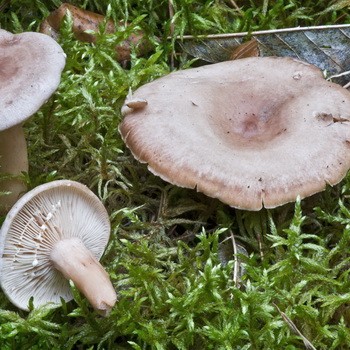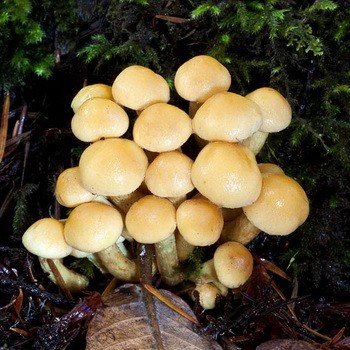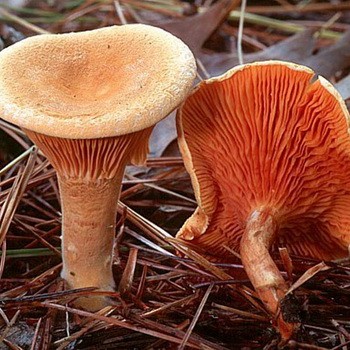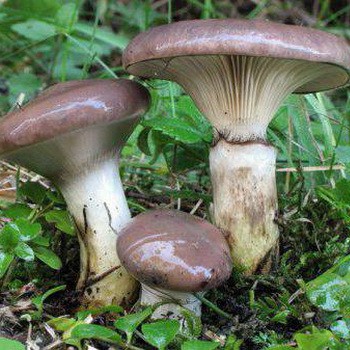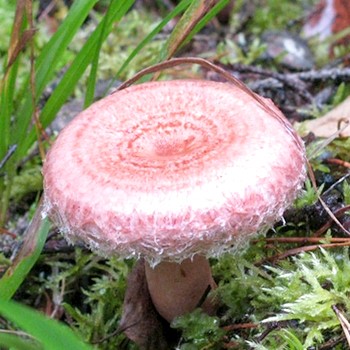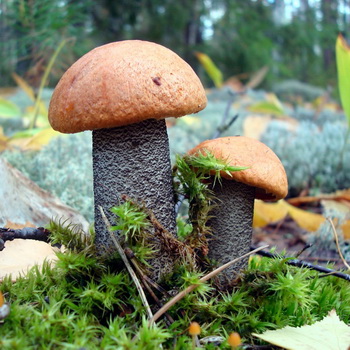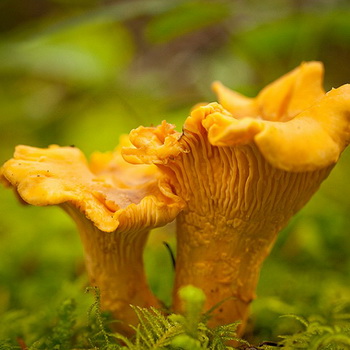False boletus: photo and description of mushrooms
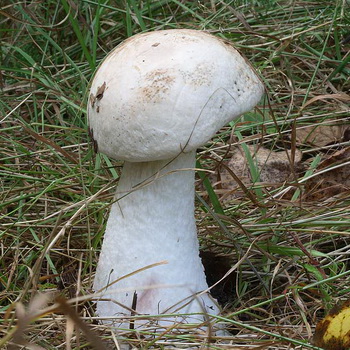
It is worth saying that many fans of the “mushroom” did not meet an inedible analogue of this fruiting body, so there may be doubt: are there any false boletus? It must be said that in nature there still exists a mushroom almost identical in appearance, resembling a boletus - it is mustard or pepper mushroom.
What a false boletus looks like, can be seen in the photo, which will help to recognize the mushroom by the features of its structure. Although the external features of the edible and inedible fruiting bodies are similar, there are still some distinctive features.
We offer a detailed description and photo of the boletus false mushroom.
What do the white false boletus look like and how to distinguish them from other mushrooms (with photo)
Latin name: Leccinum.
Gender: Leccinum (Obabok).
Family: Flying.
Synonyms: false white boletus, aspen, red-headed.

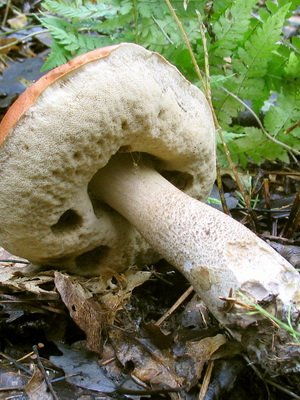
Hat: medium-sized, round-convex, fleshy, it is red-brown, yellow-red and red-orange. At a young age, the inside of the hat is white, but with age it becomes a grayish tint.
Leg: slightly swollen, irregular in shape, thickened at the base. On this part of the fruit body, a mesh of pink or yellow is observed. The surface is covered with small dark brown scales, and the inner layer has a tubular consistency; when cut, it changes white to pink. On the legs of all types of boletus, including false, the film ring is completely absent. A visual photo will show how to distinguish false boletus from edible.
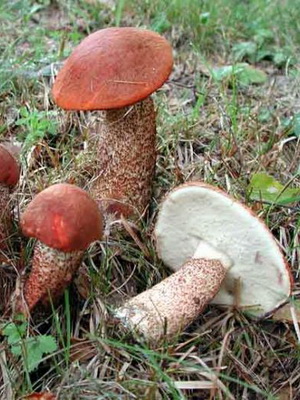
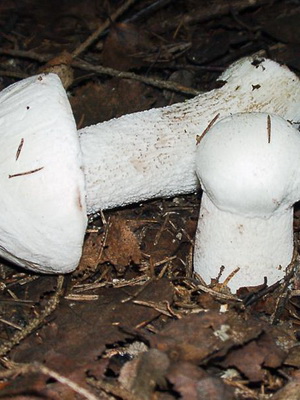
Pulp: unlike the pulp of a real boletus, which has a white-blue color, it is pink in a false mushroom. The bitterness of the pulp is very strong, even during heat treatment it is not eliminated.
Edibility: although the false boletus does not contain toxic substances, it is impossible to eat because of the bitter pulp. A false boletus does not represent a significant danger to human health and life. However, it is important to note that the bitterness of these mushrooms, when consumed in food, is converted to toxins and settles in the liver, thereby disrupting its function, which can cause intoxication.
Similarities and differences: The shape of the list is very similar to some edible representatives. In addition, due to the peculiar mesh pattern on the leg, it is called a false white boletus.
Spread: the first white false boletus appear in the month of June, but their growth is not long. The end of July is considered the second season of mushroom growth and lasts longer than the first. The third peak of the collection of boletus occurs in mid-October and lasts until the first frost on the soil. It grows only in coniferous forests and forms mycorrhiza with these species of trees.
